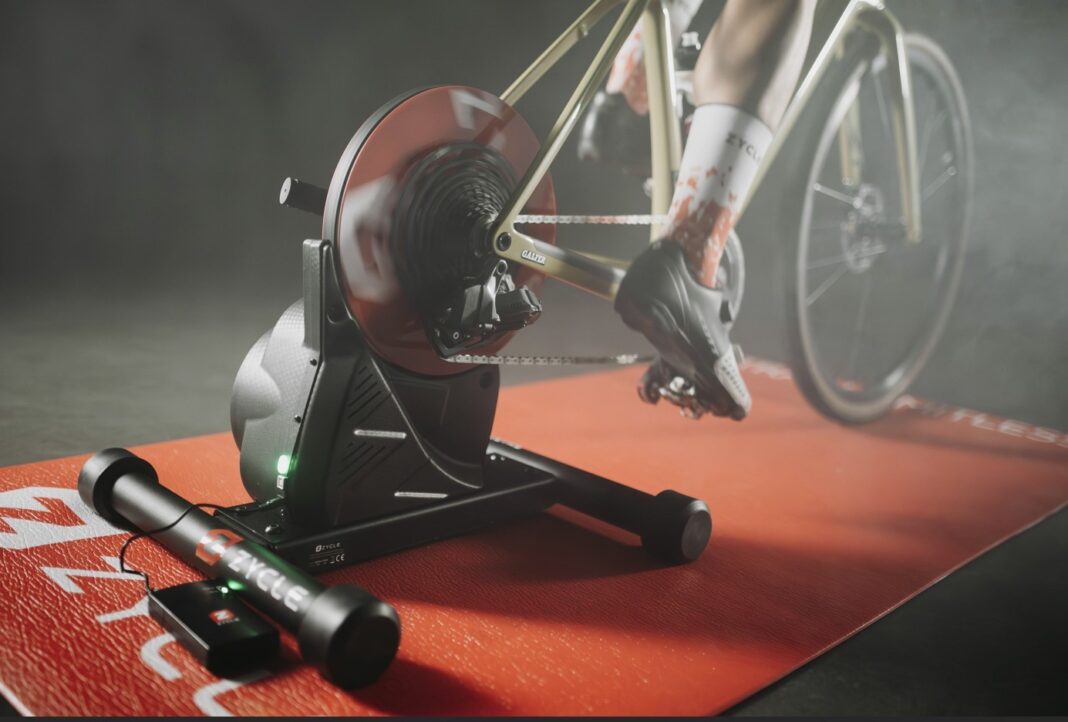There are different types of rollers on the market and the choice between one and another influences the indoor cycling experience, as well as the compatibility they offer with different types of bikes. Indoor cycling and cycling sports equipment experts explain how rollers work and their compatibility.
An indoor cycling trainer is a device used for professional cycling in a fixed location, usually indoors. The same, experts point out, offer very realistic cycling experiences and give cyclists the possibility to work on their marks at any time and to improve them safely, since they suppress the irregularities of the terrain of the formula, as well as the presence of obstacles. Bike rollers also save time in training, as the cyclist does not need to travel to the mountain pass or the starting point of the route. In addition, as there are several different types, each user can choose the option that best suits his or her needs.
As explained by professionals in the sector, the most commonly used rollers are smart rollers, direct drive rollers and roller rollers. These are compatible with most bikes, both mountain bikes and road bikes, as well as wheel bikes. In addition – they clarify – there are accessories that can be used to integrate the bike perfectly.
What types of rollers are there and what are they recommended for?
Choosing a bicycle roller can be a complex task if the user does not know what types there are and how they work. From the industry, they indicate that the most used models to work professionally are three, smart rollers, direct drive and roller rollers, as can be seen in the product catalog of Zycle.eu, one of the leading manufacturers of sports equipment for cycling in the country. If a realistic pedaling feeling is what you are looking for, then the direct drive roller is one of the best options, they clarify. In this case, it is necessary to remove the rear wheel to fit the bike on it through a system of attachment to the bike’s axles. This works with a magnetic resistance that enhances the feeling of realism, something that is also achieved with the braking system and the slope simulation offered by some models, such as the ZDrive series from the same manufacturer.
Apart from this type, the ZPro intelligent roller model of the brand stands out, which incorporates a base on which the rear wheel rests and a system of attachment to the latter from adjustable axles that give the possibility of adjusting them to the different wheel sizes -offering the maximum possible compatibility on wheels from 20“ to 29” -. The most modern rollers with this design, such as the aforementioned model, incorporate an automatic resistance that adjusts to the simulation terrain while the bicycle is being used, achieving a very realistic and comfortable feeling, without the rider having to change the settings manually. And finally there are the roller rollers, which are the easiest to transport and can be set up on virtually any terrain, are lightweight and take just a few minutes to assemble. These are very useful for training at home, as well as for warming up in the run-up to competitions.
Compatibility of cycling rollers on different bicycles
The type of roller chosen influences the way of cycling and the pedaling sensations. Although all of them are intended for professional cyclists, it is important to pay attention to how they work, as well as the compatibility they offer. In this regard, experts point out, it is important to take into account the size of the rear wheel and the type of adjustment of the latter. Also if you want to replace it completely with a roller or not (as is the case with the direct drive roller, which eliminates the wheel, so it is necessary to install a cassette with the different speeds on it). In models such as ZDrive from ZYCLE it is possible to use bikes with wheels from 26 to 29 inches, as it connects directly to the rear wheel hub and is fixed with a thru axle. In addition, it is possible to extend the compatibility with one type of bike or another by purchasing a specific hub, such as the SRAM AXS XDR drivetrain, which allows the use of SRAM XDR 11-speed or 12-speed cassettes.
The brand’s Smart ZPro is one of the most compatible rollers in the 20 to 29-inch wheel range, as it features an adjustable axle – in addition to being one of the quietest models on the market. It is also possible to increase compatibility even further through the use of 12 mm Thru Axles – the standard diameter on rear wheels – which are available in different lengths ranging from 165 mm to 180 mm, generally with thread pitch diameters from 1.0 to 1.75 mm. Finally, in the case of the roller rollers, compatibility depends mainly on the dimensions of the bed and the position adjustments offered to modify the distances between the rollers. In models such as RooDol by ZYCLE, the total number of positions is up to 5, and it is also possible to use PVC or aluminum rollers (for more intensive work). The latter can be designed for bicycles with a distance between the center of the wheel axle from 95 cm to 112 cm and from 101 cm to 119 cm. It is important to choose a model that allows you to modify the distance of the rollers to facilitate the adjustment of the bicycle and to increase the compatibility.
In the end, experts conclude, when choosing between one cycling trainer or another, you have to take into account the features (such as the realistic feeling when pedaling, the automatic resistance adjustment or noise) and, of course, the compatibility and type of adjustment.
